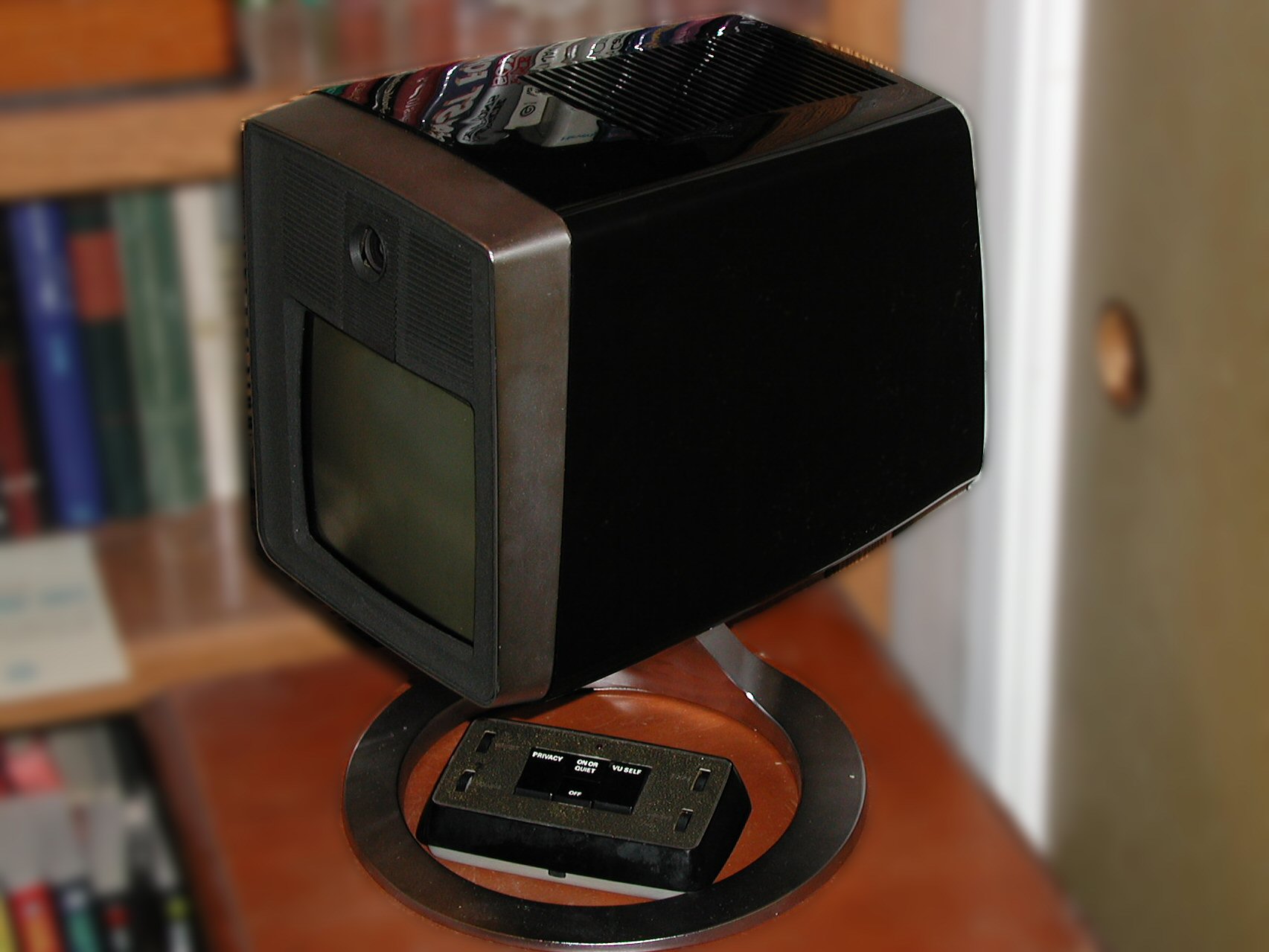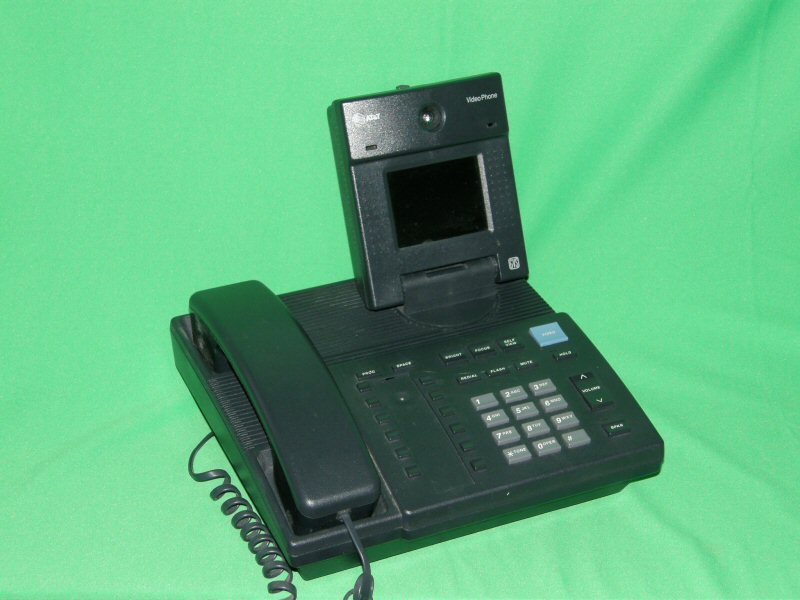|
LabGuy's World:
Picturephones - Then and Now and Already Extinct
New! 060701 IN THE BEGINNING: 

1969 AT&T Mod II and year 2000 AT&T 2500 Picturephones Ever since the invention of the telephone, people wondered if it would be a good idea to be able to see the person on the other end of the line. Bell Laboratories, in the USA, thought so starting in the mid 1950s. They invested millions of dollars into research and development of the technology to make this possible. Over the years, many companies tried to tap into the potential for video telephone communications. The photos above shows just a few of the instruments developed for this purpose. Over and over, videophone technology was developed to full maturity and even introduced to the market place only to failed miserably. The reasons are many. But had little to do with technology. The first killer was cost. In the case of Bell Picturephone, at a time when regular telephone service cost less than $10 per month on average (1960s), Picturephone service cost $160 per month and that only included 30 minutes of video time. Additional video time was 25 cents a minute. That translates to roughly $1,000 per month and two or more dollars per minute in 2006 US dollars. OK, Bill Gates or Steve Jobs could afford it, but that is hardly a profitable market segment. I doubt they would call each other now that I've pondered that thought! The later (early 1990s) digital based picturephones suffered a similar fate. Though some of them could use regular phone lines for the cost of a voice call, the phones themselves sold for over $1,000 US. The big killer of picturephone use in general is psychological. Imagine getting a picturephone call in the middle of the night or right after exiting the shower. Hardly anyone would be comfortable being seen that way. Another aspect to consider is personal space between individuals. We use a different spacing when talking to the boss than when talking to our loved ones. The lens coverage area of the picturephone camera can be adjusted to obtain the proper spacing. But the selected choice may, and usually did, insult the person at the end. This function, in face to face conversation, is automatic and unconscious. Forcing the behavior to the front of the conscious mind is also uncomfortable for most people, inhibiting their comfort when using the service. Another argument for picturephone was that it would cut down on travel costs for businesses. That is true, it would. IF people used their picturephones. But, face it, business people like to travel. They party on the road. They have boyfriends and girlfriends in those remote locations. It gets them out of the office and away from the boss and the wife and kids. To be fair, a lot of face to face business requires an on site presence. WESTERN ELECTRIC PICTUREPHONE:
Above is a photo of my authentic 1973 vintage Western Electric Picturephone. It was obtained brand new and still in its original box after 33 years. Let's just say these are not cheap! More than one paycheck was required to cover the cost of this beauty. 1992 AT&T 2500 FULL MOTION PICTUREPHONE, USING STANDARD PHONE LINES:
1993? MITSUBISHI LUMAPHONE:
RELATED LINKS AND RESOURCES:
BIBLIOGRAPHY:
[HOME] Created July 01, 2006 - Last updated: July 01, 2006 |